If you are new to engraving, the variety of laser machines can be overwhelming. Making the wrong choice can cost time, money, and reputation. The right laser saves you stress and helps your business grow.
The best lasers for engraving are fiber, CO₂, and UV lasers. Fiber is ideal for metals, CO₂ for non-metals, and UV for delicate materials. Choosing the right one depends on your industry, materials, and accuracy needs.
Selecting a laser engraver is not about following trends. It is about matching the laser to your exact work. Let us explore what works best.
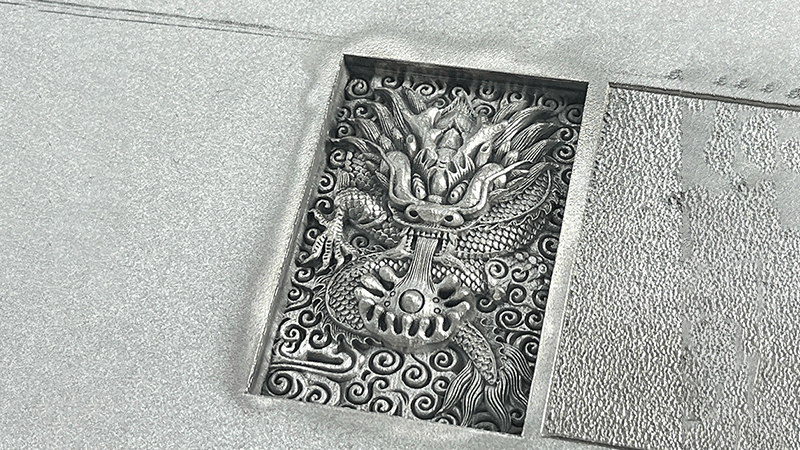
What type of laser is best for engraving?
Many buyers choose lasers without proper guidance. This often leads to frustration, blurry marks, and wasted money. You need to know what type fits your work before you buy.
The best type of laser depends on your material. Fiber lasers1 engrave metals, CO₂ lasers engrave wood, plastic, and leather, and UV lasers engrave delicate items like glass or ceramics. Each type serves a clear purpose.
Fiber, CO₂, and UV Compared
Fiber lasers use solid-state technology. They are perfect for metals like stainless steel, brass, and aluminum. CO₂ lasers2 use gas, ideal for wood, acrylic, paper, and leather. UV lasers use short wavelengths, which make them good for glass, ceramics, and plastics.
Why Matching Matters
If you use the wrong laser, you risk weak marks, high repair costs, and unhappy customers. When you use the right one, you get sharp, permanent results that improve your brand image.
Market Insight
I have found fiber-laser marking machines are my go-to for engraving metals—super fast, low maintenance, and razor-sharp results every time. This is also what many senior engineers in the industry highlight.
| Laser Type | Best Materials | Strengths | Weaknesses |
|---|---|---|---|
| Fiber | Metals (steel, brass) | Fast, precise, long-lasting | Higher upfront cost |
| CO₂ | Wood, acrylic, leather | Affordable, versatile | Not suitable for metals |
| UV | Glass, ceramics, plastics | Very fine, delicate engraving | Slower, higher cost |
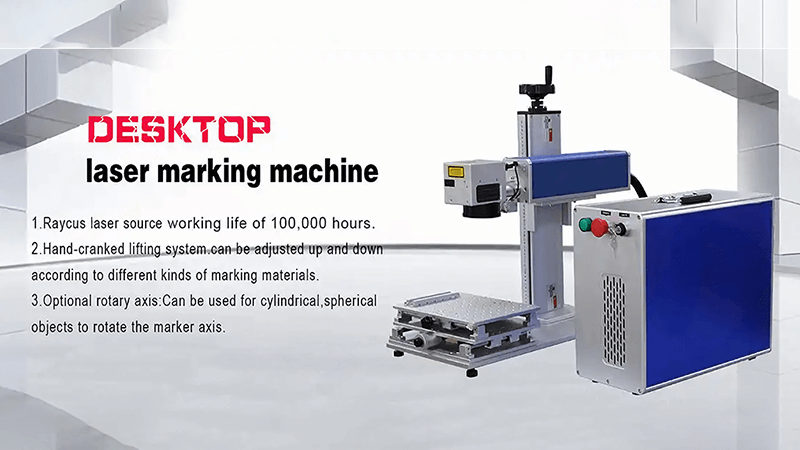
Which is better UV or fiber laser?
Some buyers think UV and fiber do the same job. That is not true. Each has a unique role in engraving.
Fiber lasers are better for metals because they are faster and sharper. UV lasers are better for delicate materials because they engrave without cracking or burning. The choice depends on your product needs.
Fiber for Metals
Fiber lasers3 create permanent, deep marks on metal surfaces. They are the industry standard for stainless steel, brass, aluminum, and industrial tools. They also need less maintenance.
UV for Delicate Items
UV lasers4 engrave plastics, medical tools, and glass parts without heat damage. The short wavelength avoids burns, making it safe for fragile materials.
Real Case Study
One client struggled with inconsistent engraving on stainless steel tags. His old CO₂ machine left blurry marks and slowed production. We introduced a fiber laser marking machine—suddenly, the marks were crisp, permanent, and fast. He cut his production time in half and finally met his delivery deadlines.
| Feature | Fiber Laser | UV Laser |
|---|---|---|
| Best for | Metals | Glass, plastics |
| Speed | Very fast | Slower |
| Maintenance | Low | Moderate |
| Mark durability | Permanent | Long-lasting |
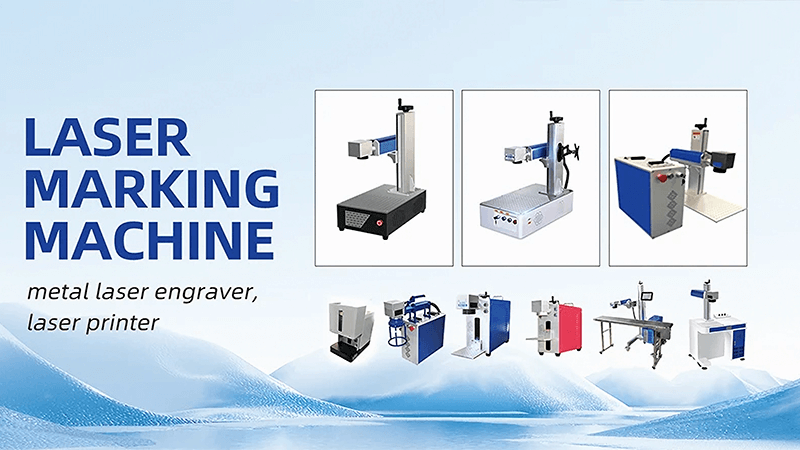
Which is better, CO₂ or fiber laser?
CO₂ and fiber are often compared, but they are made for different jobs. Picking one over the other without checking your needs is risky.
Fiber lasers are better for metals, while CO₂ lasers are better for organic, non-metal materials. The right choice depends on what materials you engrave most often.
CO₂ for Non-Metals
CO₂ lasers5 engrave wood, acrylic, paper, and leather with smooth edges. They are flexible and affordable, good for creative industries.
Fiber for Metals
Fiber lasers6 deliver industrial-grade results on metals. They are more expensive upfront but save money in the long run by reducing downtime and maintenance.
Industry View
At Kirin Laser, we advise fiber lasers for metal industries such as automotive, aerospace, and manufacturing. For creative sectors like signage or custom gifts, CO₂ is more practical.
| Factor | CO₂ Laser | Fiber Laser |
|---|---|---|
| Best for | Wood, acrylic | Metals |
| Cost | Lower upfront | Higher upfront |
| Durability | Moderate | Very high |
| Market use | Creative works | Industrial works |
When you match the laser to the right industry, your productivity and quality improve.
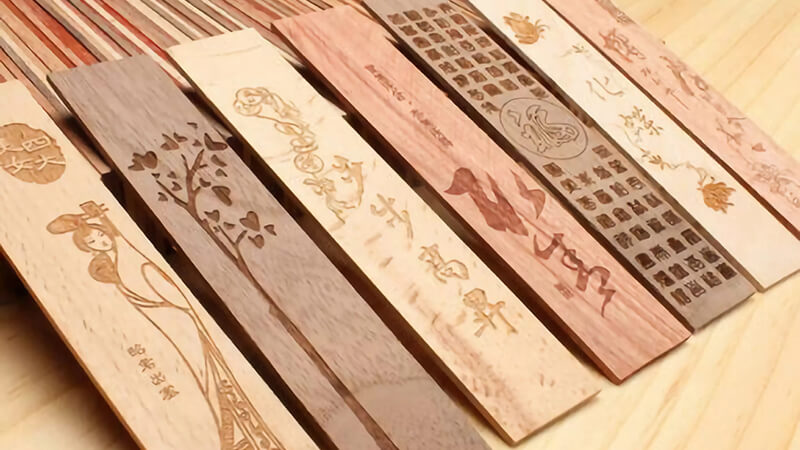
Can UV laser engrave glass?
Glass is fragile. Many lasers cause cracks, burns, or uneven marks. This makes engraving glass a challenge.
Yes, UV lasers can engrave glass. The short wavelength creates clean, precise marks without cracking or burning. This makes UV the preferred option for delicate glass work.
Why UV Works for Glass
UV lasers7 use a 355nm wavelength. This energy level interacts with the surface without causing heat stress. The result is sharp, detailed engraving on glass.
Application Examples
UV lasers are used in medical devices, electronics, and fine decorative items. They create permanent marks without damaging the structure of the glass.
Business Value
If you work with glass bottles, lab tools, or display items, UV lasers help you engrave logos, serial numbers, or patterns with precision.
| Material | Can UV Engrave? | Quality of Result |
|---|---|---|
| Glass bottles | Yes | High |
| Lab glassware | Yes | Very precise |
| Window panels | Yes | Fine detail |
For any business that values precision and safety, UV is the top choice for glass engraving8.
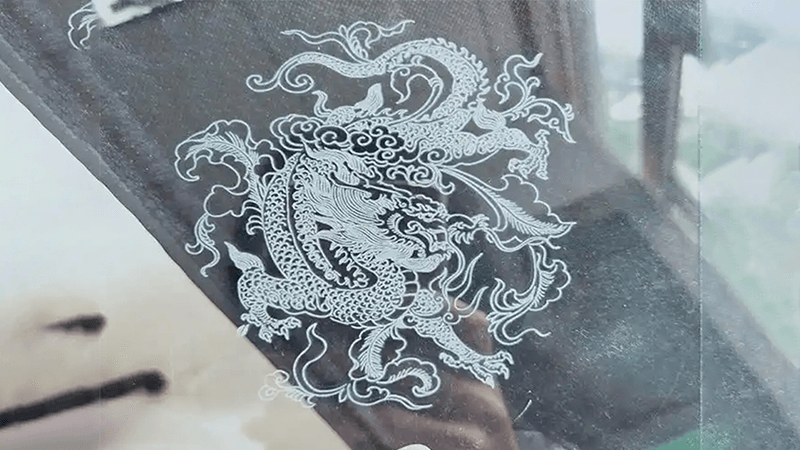
Conclusion
The right laser depends on your material and industry. Fiber lasers9 are best for metals, CO₂ for organic non-metals, and UV for delicate materials like glass. At Kirin Laser, we design and OEM machines that cover all these needs. From marking metals with fiber to engraving glass with UV, we help you match the right machine to your goals. With the right choice, your business grows faster, safer, and stronger.
-
Explore the benefits of Fiber lasers for engraving metals, including speed and precision, to enhance your projects. ↩
-
Learn how CO₂ lasers effectively engrave wood and other materials, making them a versatile choice for various applications. ↩
-
Explore this link to understand how Fiber lasers enhance metal engraving quality and efficiency. ↩
-
Discover the advantages of UV lasers in engraving fragile materials without damage. ↩
-
Explore this link to understand how CO₂ lasers can enhance your engraving projects with their versatility and cost-effectiveness. ↩
-
Discover the advantages of fiber lasers in industrial applications, including efficiency and long-term cost savings. ↩
-
Explore the advantages of UV lasers for engraving, including precision and safety, to enhance your business operations. ↩
-
Learn about the process and benefits of glass engraving with UV lasers to improve your product quality and branding. ↩
-
Find the best laser marking machines and laser engraving solutions from Kirin Laser, clicking this link to get all your needs for your business. ↩





